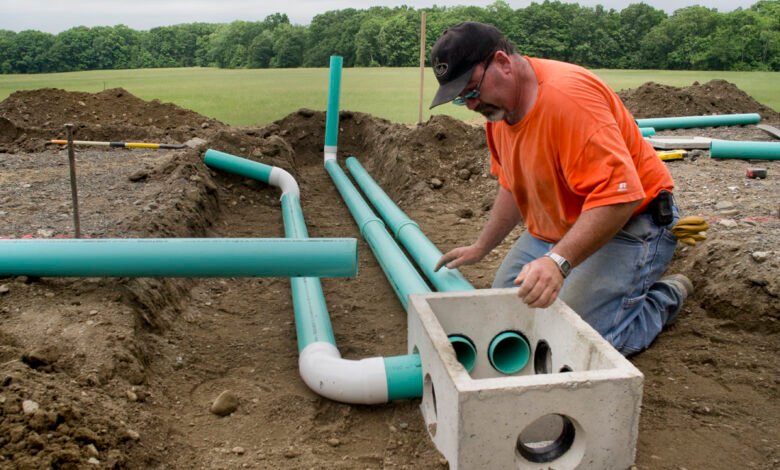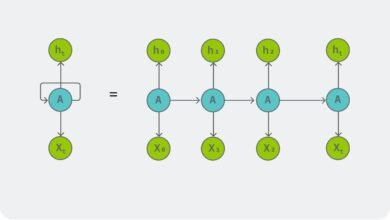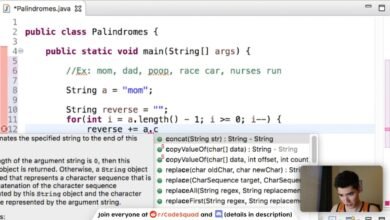Septic Junction Box: Complete Guide for Homeowners

Introduction
If you’re dealing with septic system challenges or planning an installation, you’ve likely encountered the term “septic junction box.” This essential component plays a crucial role in managing wastewater distribution, yet many homeowners remain unclear about its function and importance.
A septic junction box serves as a distribution hub within your septic system, directing effluent from your septic tank to multiple drain field areas or connecting different components of your system. Understanding how this component works can help you maintain your septic system more effectively and identify potential issues before they become costly problems.
This comprehensive guide covers everything you need to know about septic junction boxes, from their basic function to installation and maintenance. Whether you’re a new homeowner with a septic system or considering system modifications, this information will help you make informed decisions about your wastewater management needs.
Introduction to Septic Junction Boxes: Purpose and Function
A septic junction box is a concrete, plastic, or fiberglass container that serves as a connection point within your septic system. Think of it as a traffic director for your wastewater it receives effluent from your septic tank and distributes it evenly to multiple areas of your drain field or connects various system components.
The primary function of a septic junction box is to ensure proper flow distribution. Without this component, wastewater might flow unevenly through your system, leading to overloaded areas and potential system failure. The box contains pipes, fittings, and sometimes distribution devices that help regulate flow rates and directions.
Junction boxes are typically installed underground and feature removable lids for access during maintenance or repairs. They’re designed to handle the corrosive nature of wastewater while providing a secure, watertight connection point that won’t compromise your system’s integrity.
Why a Junction Box Might Be Necessary: Scenarios and Benefits
Several situations make a septic junction box essential for your system. The most common scenario involves properties with multiple drain field areas or zones. When your septic system needs to distribute effluent to different locations—perhaps due to terrain constraints or soil conditions a junction box ensures even distribution across all areas.
Properties with pump systems often require junction boxes to manage the transition from pressurized to gravity-fed flow. The box provides a buffer zone where pressure can normalize before wastewater continues through the system. This prevents damage to downstream components and ensures consistent flow rates.
Retrofit situations frequently call for junction boxes. When upgrading older septic systems or adding new components, these boxes provide connection points without requiring complete system replacement. They allow for phased improvements and system modifications while maintaining functionality.
The benefits extend beyond mere connection. Junction boxes provide access points for system monitoring, making it easier to inspect flow rates, check for blockages, and perform routine maintenance. They also offer protection for pipe connections, reducing the risk of joint failures that could lead to groundwater contamination.
Components of a Typical Septic Junction Box
Understanding the components within a septic junction box helps you recognize potential maintenance needs and communicate effectively with septic professionals. The main container itself is usually made from durable materials like high-density polyethylene, fiberglass, or concrete, chosen for their resistance to corrosion and structural integrity.
Inlet and outlet pipes form the core of the system. Inlet pipes receive effluent from the septic tank or previous system component, while outlet pipes direct flow to drain fields or subsequent treatment stages. These pipes are typically PVC or ABS plastic, selected for their durability and chemical resistance.
Flow control devices vary depending on your system’s needs. Some junction boxes contain simple tee-fittings that split flow evenly, while others feature more sophisticated distribution boxes with multiple outlets and flow regulators. Baffle systems may be included to reduce turbulence and promote settling of any remaining solids.
The access cover provides the crucial maintenance entry point. Quality covers are watertight yet removable, often featuring risers that bring the access point closer to ground level for easier servicing. Some systems include multiple access points for different sections of the box.
Additional components might include filters, alarms, or monitoring equipment, depending on your local regulations and system complexity. These elements enhance system performance and provide early warning of potential issues.
Installation Guide: Step-by-Step Instructions
Installing a septic junction box requires careful planning and adherence to local codes. Before beginning any work, contact your local health department to understand permit requirements and inspection schedules. Professional installation is often required or recommended for complex systems.
Begin by marking utility lines and obtaining necessary permits. Excavate the installation area to the specified depth, typically 12-24 inches below the frost line in your area. The excavation should be large enough to allow working room around the box while maintaining proper backfill requirements.
Prepare the base by creating a level foundation using sand or fine gravel. This prevents settling and ensures proper alignment with connecting pipes. The base should extend at least six inches beyond the box dimensions on all sides.
Position the junction box carefully, ensuring inlet and outlet connections align with existing or planned piping. Use a level to verify the box sits properly even small variations can affect flow patterns and system performance. Check that the access cover will be appropriately positioned relative to final grade.
Connect inlet and outlet pipes using appropriate fittings and sealants. Follow manufacturer specifications for joint compound and connection methods. Test all connections for leaks before proceeding with backfilling.
Backfill around the box using clean soil or sand, avoiding rocks or debris that could damage the container. Compact backfill material in thin lifts to prevent settling while avoiding excessive pressure on the box walls.
Maintenance Tips: Keeping Your Junction Box in Top Condition
Regular maintenance keeps your septic junction box functioning properly and extends your entire system’s lifespan. Schedule annual inspections to check for signs of damage, blockages, or unusual wear. These inspections are best performed during routine septic system maintenance.
Access the box by carefully removing the cover, taking care not to damage gaskets or sealing surfaces. Inspect the interior for accumulation of solids, which might indicate upstream system problems or inadequate settling in your septic tank. Small amounts of settling are normal, but excessive buildup requires attention.
Check all visible pipe connections for signs of leakage, corrosion, or separation. Look for root intrusion, which can compromise connections and block flow channels. Address any vegetation growth immediately, as roots can cause significant damage over time.
Monitor flow patterns during inspection. Effluent should flow smoothly through the box without backing up or creating unusual turbulence. Uneven flow distribution suggests potential blockages or damaged flow control devices that need professional attention.
Clean the box as needed using appropriate methods. Avoid harsh chemicals that might damage system components or upset the biological processes in your drain field. Simple water flushing usually removes light accumulations effectively.
Keep detailed maintenance records including inspection dates, observed conditions, and any repairs performed. This information helps identify developing problems and provides valuable history for septic professionals when major service is needed.
Troubleshooting Common Issues: Solutions and Prevention
Several common problems can affect septic junction box performance. Understanding these issues helps you recognize symptoms early and take appropriate action before minor problems become major system failures.
Blockages represent the most frequent issue. Symptoms include slow drainage, backup into fixtures, or unusual odors around the junction box area. Blockages often result from inadequate septic tank pumping, allowing excessive solids to enter the junction box. Regular tank maintenance prevents most blockage problems.
Flow distribution problems manifest as uneven wastewater distribution to different drain field areas. This might appear as soggy areas in some parts of your drain field while other areas remain dry. Damaged flow control devices or settling of the junction box can cause these issues.
Structural damage to the box itself creates serious problems. Cracks allow groundwater infiltration and wastewater exfiltration, potentially contaminating soil and groundwater. Heavy equipment traffic over the box or frost heaving commonly cause structural damage.
Root intrusion affects many septic components, including junction boxes. Tree and shrub roots seek moisture and nutrients, making septic systems attractive targets. Prevention includes maintaining appropriate vegetation around your septic system and using root-resistant materials when possible.
Address problems promptly through professional service when needed. Many junction box issues require specialized equipment and expertise to resolve safely and effectively. Attempting complex repairs without proper knowledge can worsen problems and create health hazards.
Frequently Asked Questions
How often should I inspect my septic junction box?
Annual inspections during regular septic system maintenance are recommended. More frequent checks may be necessary for older systems or areas with challenging soil conditions.
Can I install a septic junction box myself?
While possible in some areas, professional installation is often required by local codes. Complex systems or challenging site conditions typically require professional expertise for proper installation.
What signs indicate junction box problems?
Common signs include slow drainage, sewage odors, wet areas in your drain field, or backup into household fixtures. Any unusual system behavior warrants professional inspection.
How much does junction box replacement cost?
Costs vary widely based on system complexity, access requirements, and local labor rates. Simple replacements might cost $500-1500, while complex installations can exceed $3000.
Do all septic systems need junction boxes?
Not all systems require junction boxes. Simple systems with single drain fields may not need them, while complex systems with multiple zones typically do. Local regulations and site conditions influence requirements.
Protecting Your Investment Through Proper Junction Box Care
Your septic junction box plays a vital role in your wastewater management system, and proper understanding leads to better maintenance decisions. Regular attention to this component protects your entire septic system investment while preventing costly emergency repairs.
Remember that septic systems work as integrated units problems in one component often affect others. Maintaining your junction box as part of comprehensive system care ensures reliable performance and environmental protection for years to come.
Consider consulting with local septic professionals to develop a maintenance schedule appropriate for your specific system and local conditions. Professional guidance helps you make informed decisions about repairs, upgrades, and replacements when the time comes.



